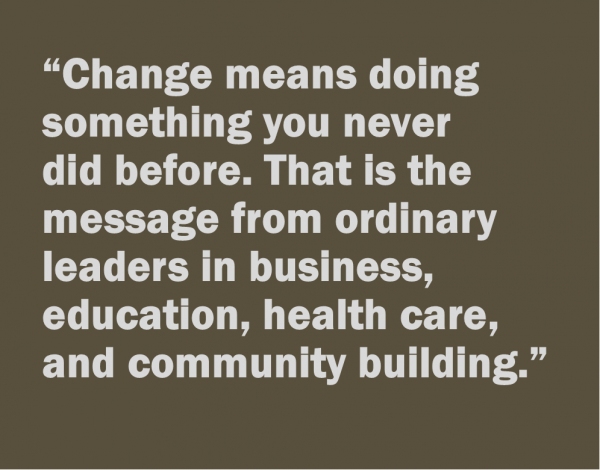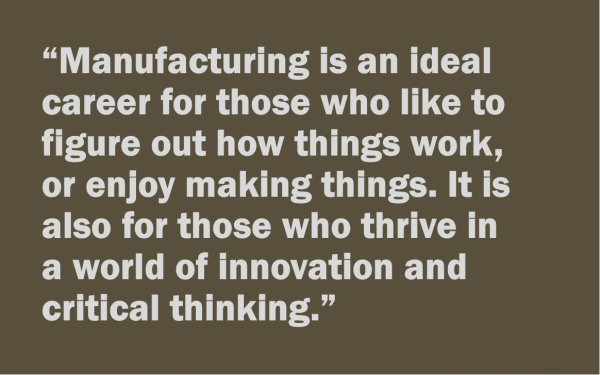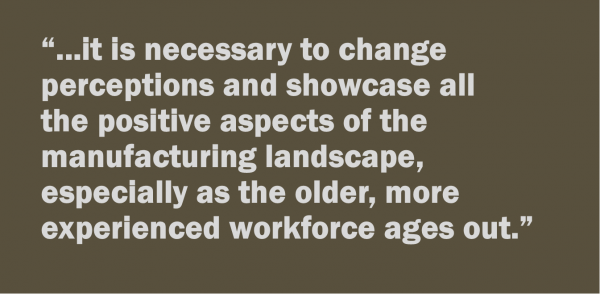PERSPECTIVE: Connecticut’s Upside-Down Property Tax System
/by Ellen Shemitz and Ray Noonan
There is something terribly wrong with taxes in Connecticut, but it is not what the conservative think tanks would have you believe. State and local taxes in our state are not troubling because they are too high across the board; they are troubling because they are wildly unfair, asking those with the least to pay far higher rates than those with the most resources. This upside-down tax system hurts not only working families struggling to make ends meet, but it also harms the long term economic health of the state, making us less competitive by holding back thousands of children and parents from contributing their full potential.
Thriving communities are made possible by good schools, clean streets, safe neighborhoods, and other public services. To support these building blocks of economic development, Connecticut towns need a stable revenue system that provides them with adequate resources. Addressing that need requires a hard look at our property tax system, which largely leaves towns on their own to fund local services and as a result creates huge disparities in opportunity.
For the 2015-2016 school year, Greenwich homeowners paid $1,127 in property taxes for every hundred thousand dollars of home value and in return received education funding of $21,331 per pupil. In contrast, Bridgeport homeowners paid $4,220 per hundred thousand dollars of home value yet received $14,343 per pupil in return—in other words, far higher taxes for far fewer educational resources. Since education funding affects educational and life outcomes, these differences result in differences in opportunity for Connecticut’s children based solely on where they are born.
Connecticut didn’t arrive at this situation by accident. Decades of “redlining,” or systematically denying investment to communities of color, prevented these communities from sharing in America’s postwar wealth. Years of restrictive covenants—contracts mandating that property be sold only to whites—excluded families of color from wealthier communities. Today, exclusionary zoning policies limit affordable housing across the state, denying low-income families the opportunity of a better education for their children. Inequalities that took generations of intentional policy to enact will take big ideas to fix.
One big idea Connecticut should consider comes from neighboring Vermont. To fund its schools, Vermont levies a statewide property tax that ensures equal education dollars for equal property tax rates. Applied here, children in Greenwich would still benefit from $21,331 per student in education funding, but the tax rate needed to raise that amount of money would be the same in Greenwich as it would be in every other town in the state. Conversely, Bridgeport could continue to spend $14,343 per pupil, but would no longer be compelled to charge as high taxes solely because of its restricted property base. We found that such a system in Connecticut would benefit 75 percent of residents in 117 cities and towns.
This system would also revitalize economic development in Connecticut by reinvigorating growth in our dense urban cores and inner-ring suburbs. Currently, large disparities in property tax rates between neighboring communities discourage development in the very places to which businesses and young families want to move. The state program in place to alleviate this problem, Payment in Lieu of Taxes (PILOT), has never been fully funded. By fully funding PILOT and reducing these disparities, a statewide property tax would better align business incentives with state priorities.
For too long our laws have unfairly limited who is entitled to the benefits of living in a community that can afford good schools. Surely changes in the law today can ensure that, at the very least, those benefits are not afforded at a steep discount.
______________________________
Ellen Shemitz is Executive Director and Ray Noonan is Associate Policy Fellow for Connecticut Voices for Children.



 That’s the idea behind Hartford Performs’ partnership with the Hartford Public Schools. A few years ago, when Hartford students’ test scores were at their lowest, our region’s vibrant arts community asked the school district how it could help. Many arts organizations and teaching artists had done some work in the schools and saw how adding music or theater techniques to a lesson could help children learn. They, along with classroom teachers, knew that when students get up and dance like planets in the solar system, they internalize abstract concepts such as rotation and revolution. When they act out a scene from a book, they better understand the characters’ motives and develop empathy.
That’s the idea behind Hartford Performs’ partnership with the Hartford Public Schools. A few years ago, when Hartford students’ test scores were at their lowest, our region’s vibrant arts community asked the school district how it could help. Many arts organizations and teaching artists had done some work in the schools and saw how adding music or theater techniques to a lesson could help children learn. They, along with classroom teachers, knew that when students get up and dance like planets in the solar system, they internalize abstract concepts such as rotation and revolution. When they act out a scene from a book, they better understand the characters’ motives and develop empathy.
 The Jordan Porco Foundation does not charge a fee for service for Fresh Check Day in consideration of varying capacities to fund large-scale mental health programming. Instead, they provide significant support and ask participating schools to provide the remaining essential components within their budgetary means.
The Jordan Porco Foundation does not charge a fee for service for Fresh Check Day in consideration of varying capacities to fund large-scale mental health programming. Instead, they provide significant support and ask participating schools to provide the remaining essential components within their budgetary means.
 This idea is becoming even more prominent as the media is constantly being attacked or used for personal agendas, and this is something educators are aware of.
This idea is becoming even more prominent as the media is constantly being attacked or used for personal agendas, and this is something educators are aware of.

 We settled on eight core skills after much iteration. You could easily make our list longer. These are skills that reinforce one another, that we could use anywhere, and that led people to do more than they dreamed they could. Best of all, we could bring them to bear on any given day. You can do likewise if you are willing to experiment. But are you?
We settled on eight core skills after much iteration. You could easily make our list longer. These are skills that reinforce one another, that we could use anywhere, and that led people to do more than they dreamed they could. Best of all, we could bring them to bear on any given day. You can do likewise if you are willing to experiment. But are you?

 Throughout my life, I have always wanted to live up to the person my father wanted me to be - indeed, to be the person he wanted to be if circumstances in our country were different, almost 80 years ago.
Throughout my life, I have always wanted to live up to the person my father wanted me to be - indeed, to be the person he wanted to be if circumstances in our country were different, almost 80 years ago.

 Librarians are often called upon to sort truth from trash. That is ironic because before the internet, library materials were classified: 500s and 600s were the pure and applied sciences. The occult was in the 100s.
Librarians are often called upon to sort truth from trash. That is ironic because before the internet, library materials were classified: 500s and 600s were the pure and applied sciences. The occult was in the 100s.



 Connecticut must strengthen its crosswalk legislation to align with best practices for public health and safety. As a state, we would be well served to revisit our vulnerable user laws, increasing penalties for motorists who injure or kill walkers or cyclists. Ours is one of only 10 states that doesn’t require motorists to refrain from opening a vehicle door until conditions are safe; this, too, must change. Boston, Massachusetts
Connecticut must strengthen its crosswalk legislation to align with best practices for public health and safety. As a state, we would be well served to revisit our vulnerable user laws, increasing penalties for motorists who injure or kill walkers or cyclists. Ours is one of only 10 states that doesn’t require motorists to refrain from opening a vehicle door until conditions are safe; this, too, must change. Boston, Massachusetts 


























